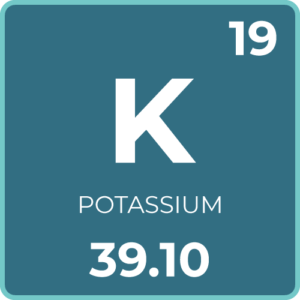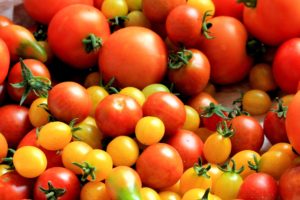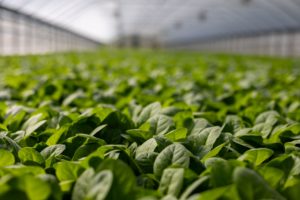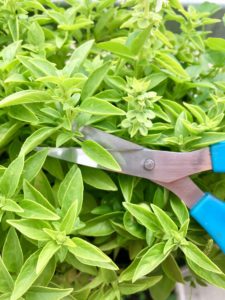Potassium for plants is incredibly important to their growth. In fact, when you look at NPK ratios, the K stands for potassium. This element plays crucial roles within plant development, but it also helps regulate how plants take in and release water.
Critical roles of potassium:
- Opening and closing stomata
- Fruiting and flowering
- Increased resistance to pests, disease, and drought
- Activates enzymes within the plant

Signs of potassium deficiency:
- Yellowing on leaf edges
- Dead tissue on leaf edges
- Yellow or brown colored veins and spots
- Poor growth
Potassium is mobile in plants
First, what does it mean if a nutrient is mobile? It means that although the nutrient may be initially transported to one area of the plant, it can move later. For instance, if the plant develops a nutrient deficiency, younger leaves won’t have the nutrients they need to grow. If it’s a mobile nutrient, the plant typically moves the nutrient from older leaves to younger ones. As a result, the symptoms show on older leaves first, because the nutrient has been transported to help the new growth.
Mobile nutrient deficiencies typically show on older leaves.
If your plant needs more potassium, you’ll see signs on older leaves near the top of the plant first.
How plants get potassium
In soil culture, plants take in potassium from the soil around them, just like with most other nutrients. However, in hydroponics, you can choose a nutrient solution with higher potassium. In fact, most nutrient solutions designed for flowering and fruiting stages contain much higher potassium and phosphorus than nitrogen.
You’ll typically see potassium in nutrient solution and fertilizer as either KNO3, or KNO4. These are also called potassium nitrate and potassium permanganate, respectively. Some nutrient solution recipes also use another form of potassium, which is potassium sulfate.



